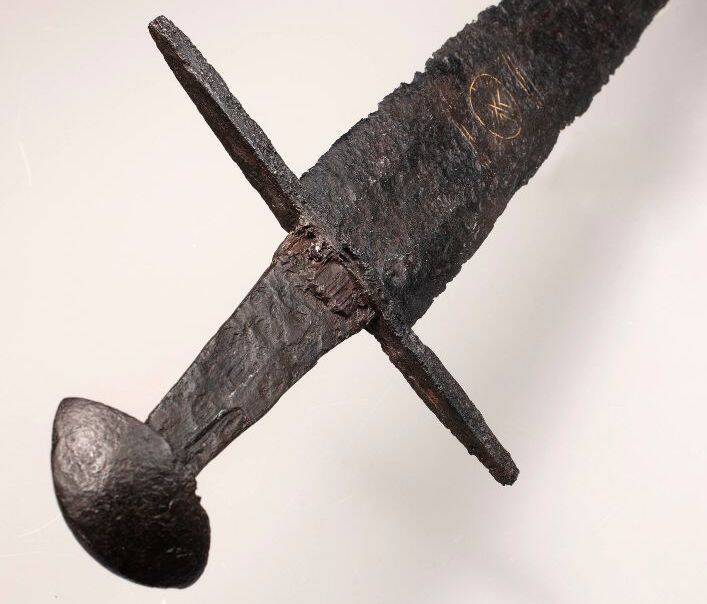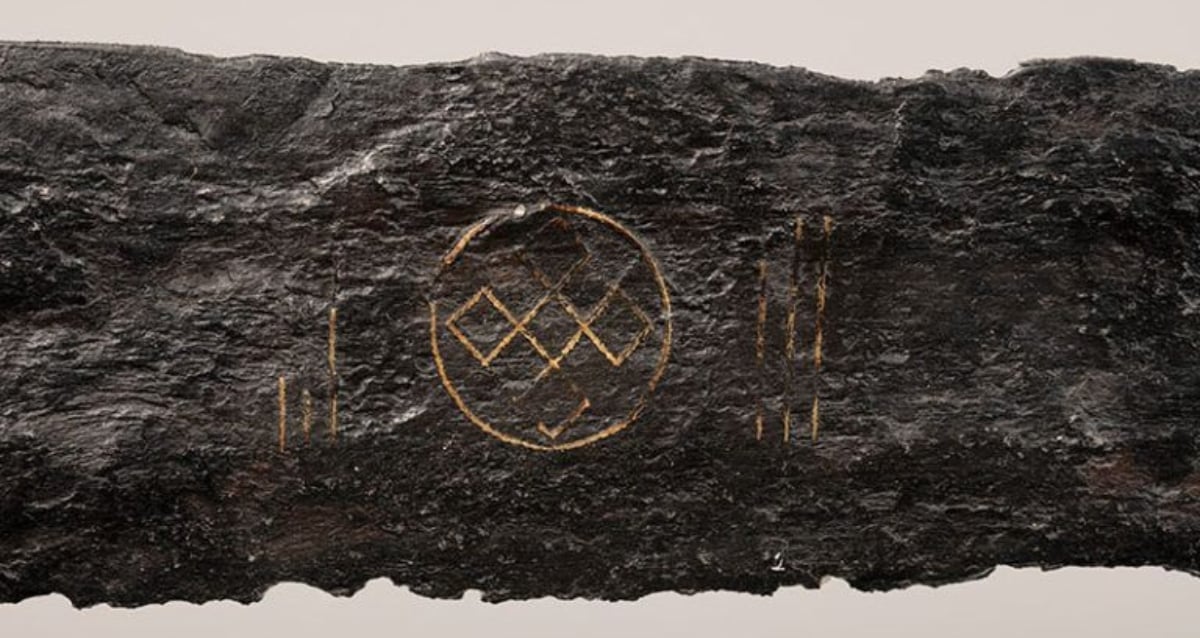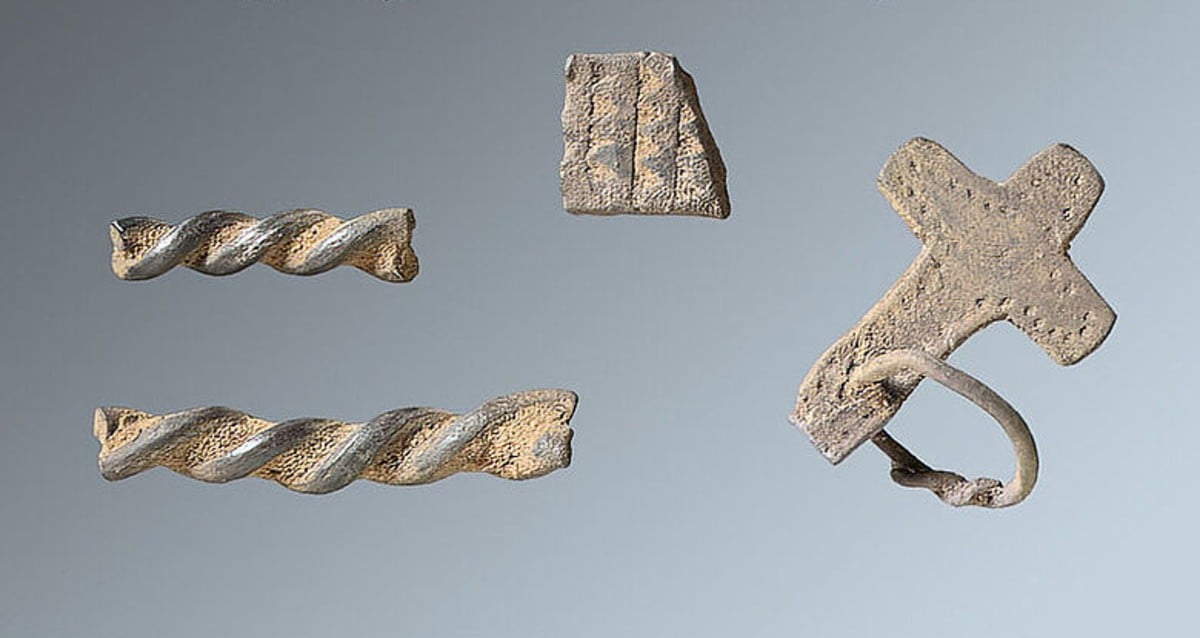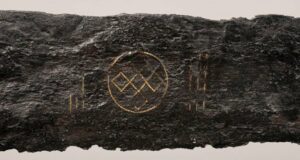Mystery Unveiled: Medieval Sword with Enigmatic Viking Inscription Discovered Beneath Dutch River
Perhaps no type of object revealed more about the values of this time and place than the sword.
In 11th-century Utrecht, a sword was far more than just a weapon — it was a potent symbol of status, power, and wealth. Crafting a sword was a highly skilled and labor-intensive process, demanding expertise in metallurgy to forge a durable and effective blade. As such, swords were not commonplace possessions.

Ruben de Heer/National Museum of AntiquitiesThe sword was so well preserved that traces of wood and leather were still present on its handle.
They were typically owned by the elite – bishops, nobles, and their sworn knights – who formed the military and political backbone of the Prince-Bishopric.
The value of a sword could be equivalent to that of several cows or a substantial amount of grain, placing it well beyond the reach of most ordinary citizens. A high-quality sword could represent weeks, even months, of a skilled laborer’s wages.
Beyond its monetary worth, a sword often carried a personal history, passed down through families as an heirloom, embodying the martial prowess and lineage of its owners. Its presence in battle was a statement of authority, and its intricate decorations, including symbols like the endless knot, further highlighted its significance as both a tool of war and a treasured artifact.
The 11th-century sword pulled from the Korte Linschoten River will be on display at the National Museum of Antiquities until the end of August 2025.
After reading about this sword found in the Netherlands, read about the legend of Excalibur, Western history’s most famous sword. Then, read about Japan’s legendary Masamune sword.














Post Comment